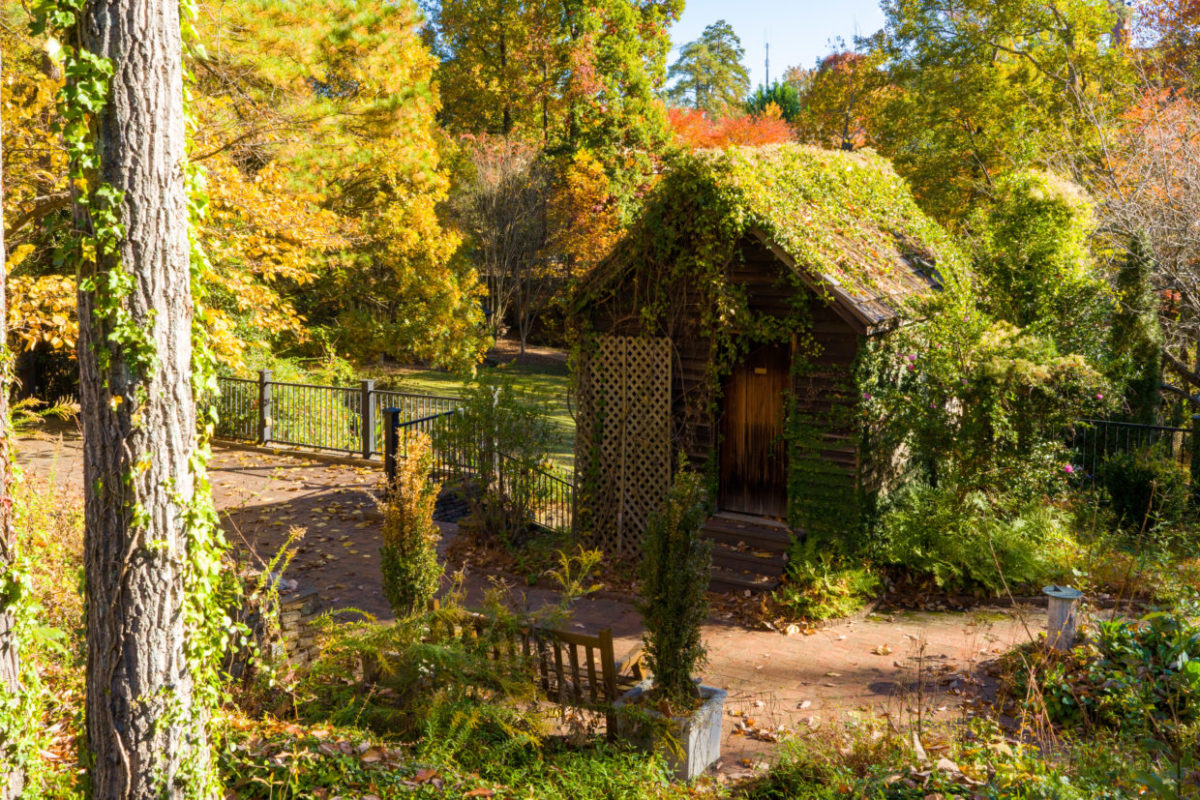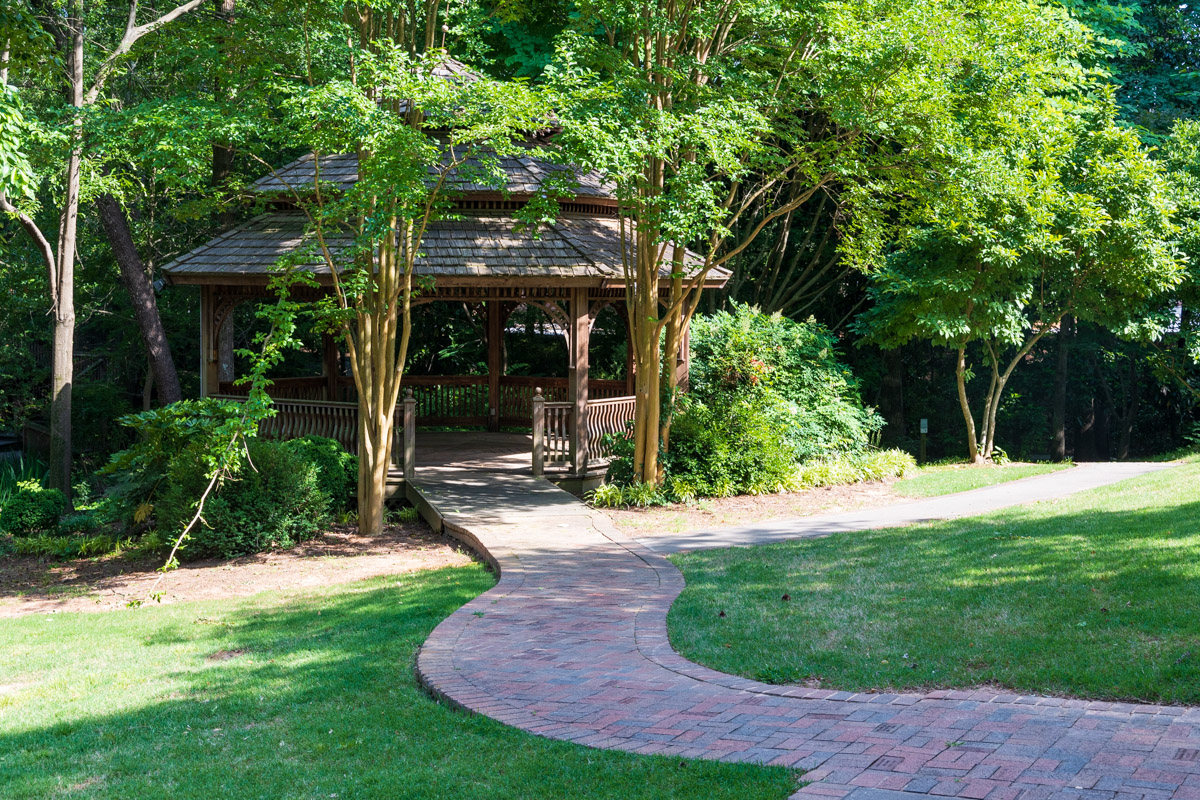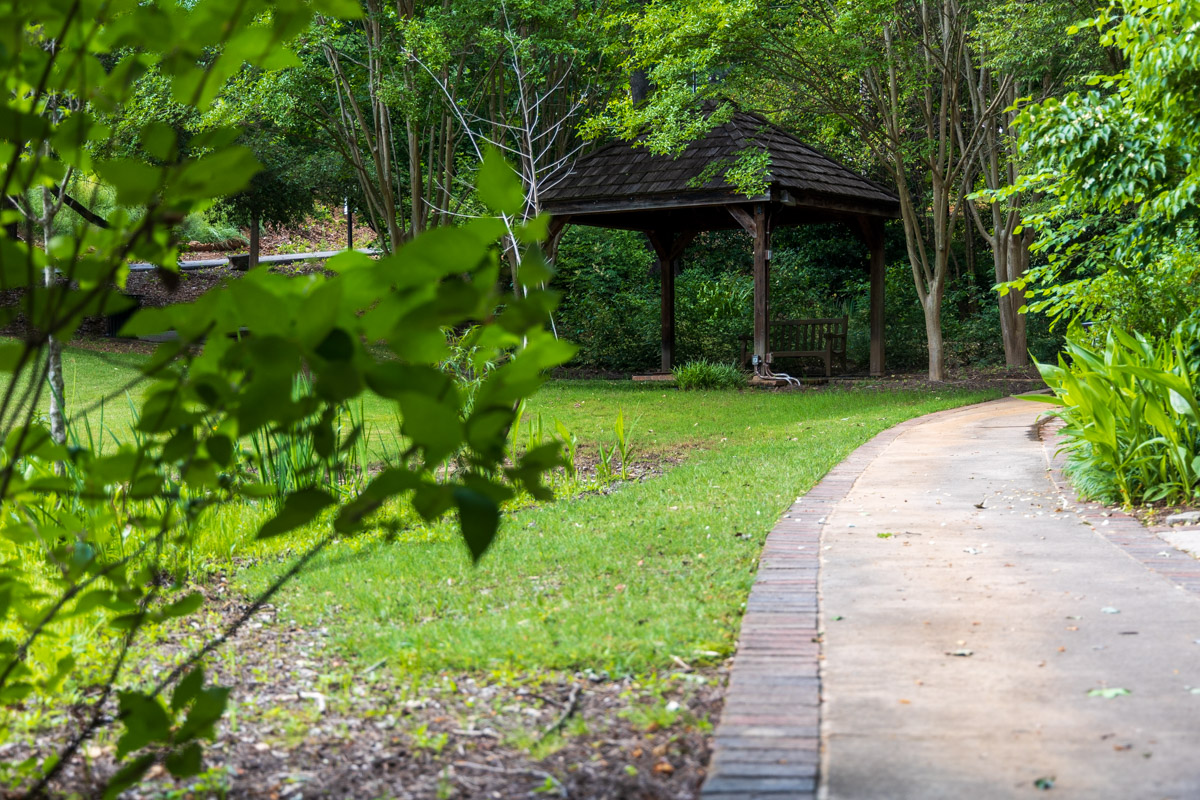Throughout the City of Sandy Springs there are springs, streams and creeks flowing by, including in residents’ front or backyards. They are tributaries that feed into the Chattahoochee River whose more than 20 miles of shoreline are located in the City of Sandy Springs. These branches of waterways are part of Georgia’s natural water supply.
But that does not mean residents can drink from these natural springs. According to Sara Lips, director of communications and community engagement in the Environmental Protection Division of the Georgia Department of Natural Resources, “There is no drinking water permit issued using a spring as a source of water in Sandy Springs.”
Lips also noted that her DNR division does not have an inventory of springs in the state. So it’s not clear if anyone has an idea of how many natural springs there are in the city. But as one Sandy Springs resident pointed out, the spring in her yard is not always visible. Only after heavy rains does water trickle out of her spring, which isn’t far from a stream.
While the 38.52 square miles of Sandy Springs might be dotted with these waterways, it is the original underground spring located between what is now Heritage Sandy Springs and Williams Payne Museum, near City Springs Center from which the 18-year-old city derives its name.
Original Spring was Watering Stop
Two centuries ago, the natural sparkling sandy spring provided a watering stop for Native Americans, travelers and citizens, as well as a meeting place and campground area. Sandy Springs United Methodist church was built nearby in 1851. According to one history, residents of Dunwoody would travel to the area for a camp meeting every year. The land under the church was owned by W.E. Spruill and included an easement which led to the spring.
According to a sign in what was once the camp area, members of the Mabry family for years were stewards of the site. “Living beside the spring, they added marble and concrete to make the surroundings less muddy and removed the shelter to open the spring to the sky. In 1984, an attempt was made to rezone the property as commercial. Had it been successful, the spring would have been buried in storm sewers and underneath mounds of dirt and concrete.”
Today it is a tranquil area with a bubbling brook bounded by beautiful foliage and flowers, and an integral part of the Heritage Sandy Springs Museum and Park. The four-acre park centered in the heart of Sandy Springs’ downtown area includes a 14,000-square-foot Entertainment Lawn with a permanent stage where summer concerts are held. The nearby structure offers rentals for weddings, parties, company picnics, business meetings and retreats.



How to test the water
For the curious or the thirsty, however, there should probably be signs for the safety of residents who might be enjoying the lush area. According to the Environmental Protection Agency, before water from natural sources can be approved for drinking, a manual filtration process is required because the spring water may have some impurities.
For residents wondering about their backyard streams, county health departments can help test for bacteria or nitrates. Or, water can be tested by a state certified laboratory. [Call Safe Drinking Water Hotline at 800-426-4791 or visit www.epa.gov/safewater/labs]
If one insists on drinking their natural spring water, it is advised to boil it first. Boiling is the safest method to kill disease-causing germs, including viruses, bacteria and parasites. And it is recommended that one add a pinch of salt for each quart or liter of boiled water.As summer’s hot, humid weather swamps the area, however, residents wanting to cool off either internally or externally might want to pour a cold glass of water from an indoor faucet or turn on a hose and sprinkler system to run through outdoors.




